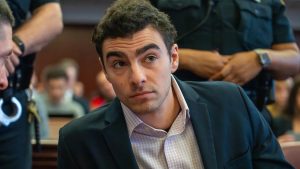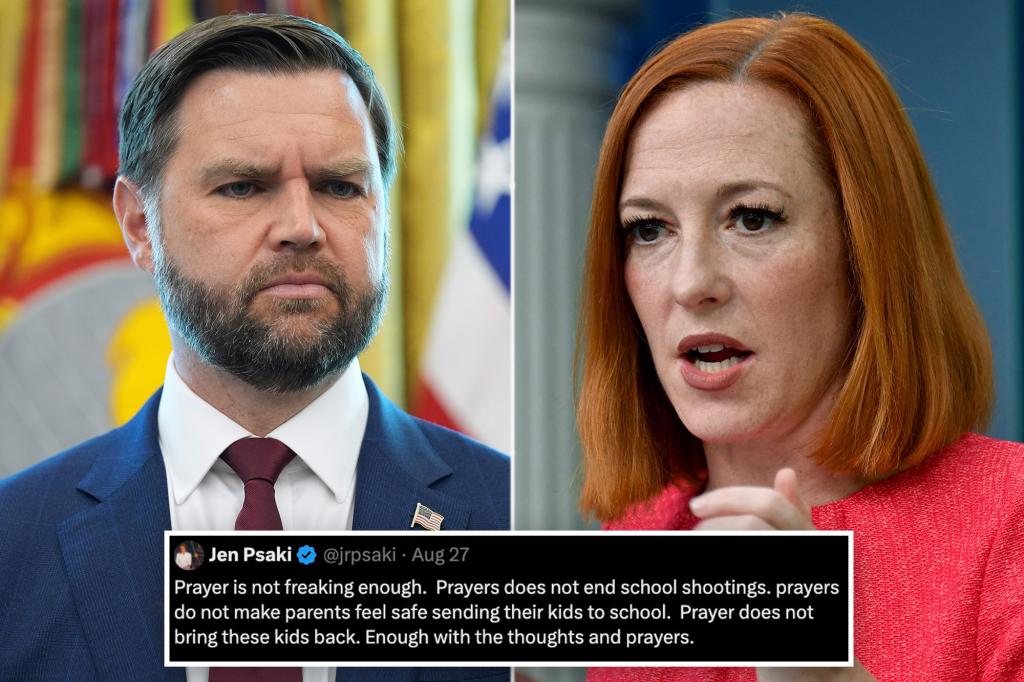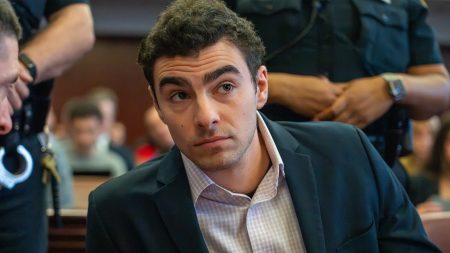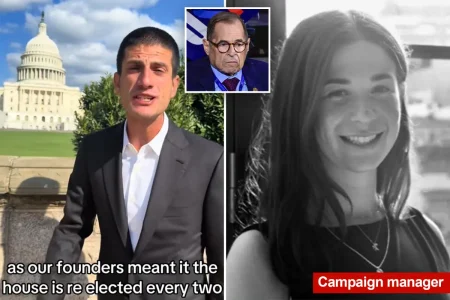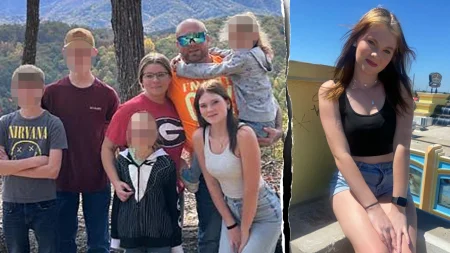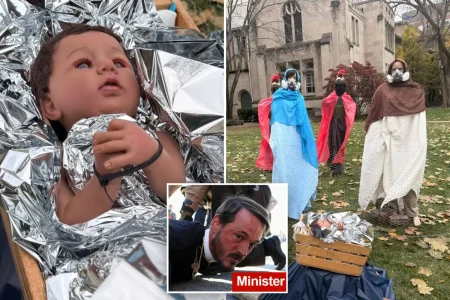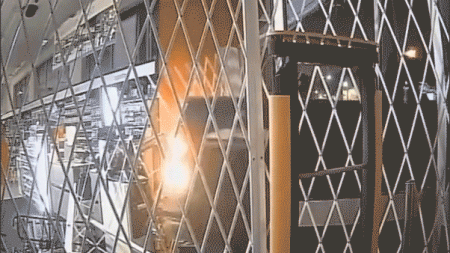Prayer Debate Erupts Following Tragic School Shooting
In the wake of the devastating shooting at Annunciation Catholic School in Minneapolis, a profound national conversation has emerged about the role of prayer during times of tragedy. Vice President JD Vance and former White House press secretary Jen Psaki found themselves at opposite ends of this emotional discussion, highlighting the deep divisions in how Americans process and respond to traumatic events. The shooting, which claimed the lives of two children and injured seventeen others during morning Mass, has once again forced the country to confront the painful reality of violence in spaces meant to be sanctuaries of safety and peace. As families grieved and a community began its difficult healing journey, the ensuing debate touched on fundamental questions about faith, action, and how we collectively respond to heartbreak.
The exchange began when Psaki expressed frustration on social media about the familiar cycle of “thoughts and prayers” that follows mass shootings in America. “Prayer is not freaking enough,” she wrote with palpable emotion. “Prayers does not end school shootings. Prayers do not make parents feel safe sending their kids to school. Prayer does not bring these kids back. Enough with the thoughts and prayers.” Her words reflected the weariness many Americans feel after decades of school shootings with seemingly little systemic change. In a separate post, Psaki critiqued the Trump administration’s approach to crime, suggesting that having the National Guard “put mulch down around DC” was an inadequate response to a crisis where “kids are getting shot in their pews at a catholic school mass.” Her comments highlighted the frustration felt by those who believe concrete policy actions should follow tragic events.
Vice President Vance responded forcefully to Psaki’s criticism of prayer, defending the practice as essential in times of collective grief. “We pray because our hearts are broken. We pray because we know God listens. We pray because we know that God works in mysterious ways, and can inspire us to further action,” he wrote on social media platform X. Vance seemed particularly troubled by the timing of Psaki’s critique, noting the painful irony that “kids were just killed praying.” His response underscored how prayer serves multiple purposes for many Americans – as comfort, as connection to something greater, and as a potential catalyst for meaningful change. In a follow-up message, Vance expressed bewilderment at what he characterized as “weird left wing culture wars,” questioning why anyone would criticize others for praying during a time of tragedy.
This exchange represents more than just political figures disagreeing on social media; it reflects a fundamental tension in American society about how we should respond to recurring tragedies. For many people of faith, prayer serves as an essential first response – a way to process grief, seek guidance, and find strength for the difficult work ahead. Prayer can be deeply personal while simultaneously creating community bonds during collective trauma. Others, however, have grown increasingly frustrated with what they perceive as a predictable cycle: tragedy occurs, prayers are offered, but concrete actions to prevent future tragedies remain elusive. This tension is particularly acute in cases of school shootings, where the loss of young lives in spaces meant for learning and growth causes profound national anguish.
The shooting at Annunciation Catholic School touches particularly sensitive nerves because it occurred during a religious service, in a place where families had every reason to feel safe. Children were engaged in prayer when violence shattered their sanctuary. This context adds layers of complexity to the debate about appropriate responses. For religious communities, prayer represents their deepest expression of faith and hope – not an alternative to action but its foundation. For those frustrated by the cycle of violence, however, the tragic irony that children were killed while praying underscores their belief that prayer alone has not protected vulnerable communities. Both perspectives reflect genuine concern for children’s safety and community wellbeing, even as they differ on the path forward.
What emerges from this painful moment is a challenge for all Americans to find common ground in the aftermath of tragedy. Rather than positioning prayer and action as mutually exclusive responses, perhaps the path forward lies in recognizing that different communities process grief in different ways, while still working together toward solutions that protect our children. The debate between Vance and Psaki, while heated, highlights questions we must collectively address: How do we honor spiritual needs while implementing practical safeguards? How do we respect the role of faith in healing while acknowledging the urgency of preventative measures? And perhaps most importantly, how do we move beyond predictable political divisions to create communities where children can learn, pray, and grow in safety? These questions have no simple answers, but they demand our thoughtful engagement if we hope to prevent future tragedies like the one at Annunciation Catholic School.

